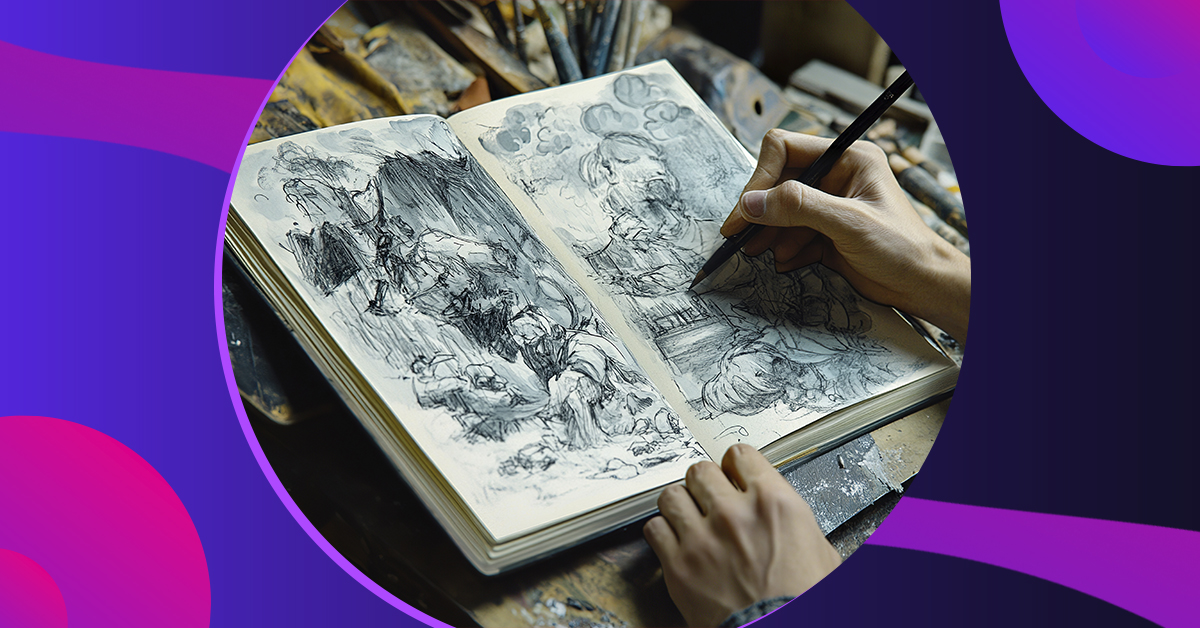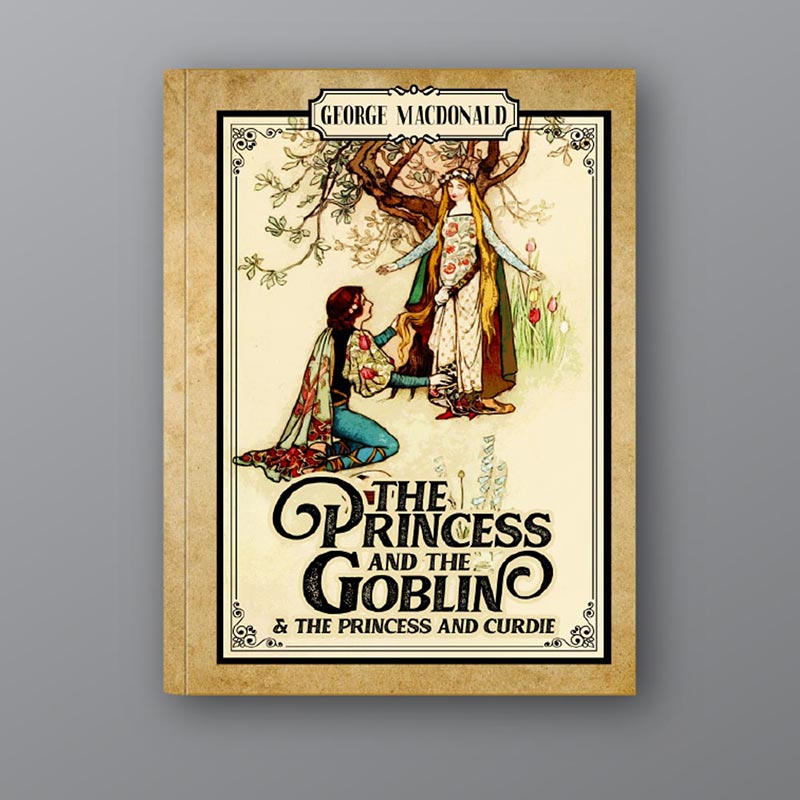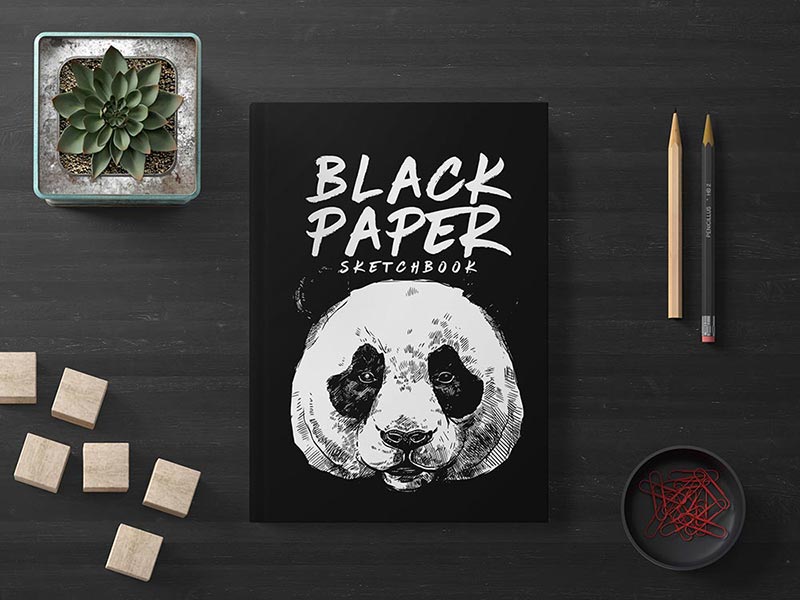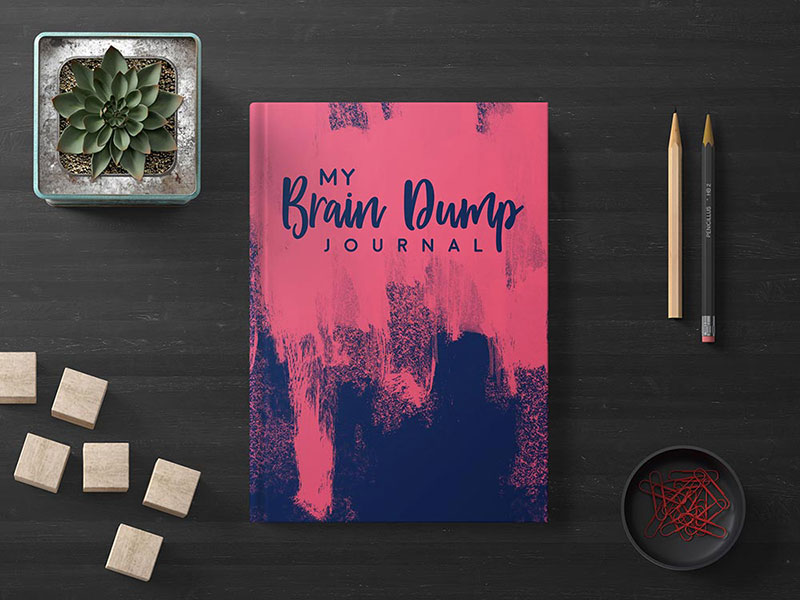
I remember going to the library as a kid and being completely enamored with the section of big books. The illustrations were so detailed, the colors vibrant, and the pages thick and glossy. As I got older, I moved on to chapter books. While the book illustrations were sparse, I still felt a jolt of excitement upon seeing them.
If you’re anything like me, you might’ve pondered what it takes to become a book illustrator. Perhaps you’ve always had a passion for creativity. Or perhaps you’re simply tired of the typical corporate position. Whatever your reasoning may be, you’re going to need an in-depth look into the world of book illustration.
What Is Book Illustration?

Book illustration is a type of fine art that’s used to create drawn visuals for books and literature. Its purpose is to either enhance or move the story forward.
If you associate book illustrations with children’s literature, you wouldn’t be the only one. When I hear the word “illustration,” I immediately think of the cover art of a fairytale book. In reality, book illustration encompasses a wide range of roles. Of course, children’s books make the most use of them. This is due to the fact that children have a short attention span and are visual learners. To keep them entertained, you’ll need colorful images on nearly every page. However, illustrations can also appear in chapter books. They appear sparingly, but they can be used in chapter books or novels to emphasize a plot point or character. Although adults don’t need the use of pictures to understand a story, some authors enjoy using them to make their work stand out.
A frequently overlooked usage of book illustration is in nonfiction. Illustrations are frequently used in instructional books to show us how to do something. This is a common occurrence in academic textbooks. For instance, a math textbook typically includes graphs, diagrams, and charts. Illustrations depicting the human body, animals, and/or other scientific topics will be found in medical texts. The usage of illustrations might be advantageous to grownups as well. To comprehend something clearly, all you need to do is glance at the artwork rather than labor through a dry educational book. It’s very useful in the process of studying.
In general, book illustration appears in a wide range of contexts with minimal restrictions.
[in_content_ads gallery=”logos” logo=”on” title=”Need graphic design help?” subtitle=”Try Penji’s Unlimited Graphic Design and get all your branding, digital, print, and UXUI designs done in one place.” btntext=”Learn More” btnlink=”https://penji.co”]
The History of Book Illustration
You might be wondering why I’m discussing the history of book illustration. While it may appear to be pointless, this lesson will help you understand the nature of what you’re pursuing. It’ll also provide you with some much-needed knowledge in your field. You might even get some ideas from the various methods used to illustrate a book.
The Beginning

Book illustrations have been around for longer than you may think. In the past, it had been relatively common to illustrate manuscripted books. Among the earliest examples were found in illuminated manuscripts. These were pre-prepared documents with embellishments such as borders or miniature illustrations. Modern book illustration began to emerge in the 15th century. Western literature started to have images carved into the same blocks as the text after the introduction of print. When taking a look at these “block books” you’ll see that they bear much resemblance to modern-day comics/graphics novels.
If you’re into reading adult novels, then you have book illustrations to thank for that as well. During the 18th and 19th centuries, adult literature was commonly accompanied by corresponding illustrations. During this period, authors took illustrations very seriously. They’d give their artists detailed instructions on how to depict a scene or character. In the case of Charles Dickens, the appearance of his characters was frequently described through imagery rather than text.
Modern Times

As time went by, the trend of novels relying on book illustration began to fizzle out. This decline started in the 20th century, as book illustrations became more expensive to produce. Authors no longer required visuals to tell their stories as writing techniques advanced. It shifted from being an essential aspect of literature to more of a decorative set piece. As a result, book illustrations became more relegated to children’s books. The art form became synonymous with juvenility.
Despite its reputation, book illustration requires work that is anything but childish. It calls for extensive preparation, vast knowledge, and cautious planning.
The Requirements

When it comes to any illustration job, formal education is encouraged, but not required. Many illustrators are self-taught. Especially with the development of the internet, illustrative instruction has never been more accessible to the general public. In theory, any person can simply go online look up a few articles or YouTube videos, and learn everything there is to know about illustration.
You must bear in mind that while you can learn as much as you like from numerous sources, a potential employer will value qualifications more than anything else. People search for someone with some sense of credibility when hiring for the position of a book illustrator. You can undoubtedly acquire this by working hard and gaining a ton of experience. In fact, experience often has more value than a degree.
A degree in illustration or another field closely related to the arts will immediately offer you a lot of credibility. Attending an art school will also provide you with the contacts needed to acquire the necessary experience. Many artistic institutions have programs to assist young illustrators in obtaining internships while pursuing their degrees.
It’s entirely up to you which route you take. Without a formal education, it is still feasible to gain reputation and experience. Going to school and getting those things in one location, however, is considerably simpler. iI’s much easier to go to school and gain every skill in one place.
I believe what’s most important is drive and determination. I know that might sound a bit cheesy, but it’s the truth. You can’t get anywhere in life, especially in an art-related field, without having that ambition.
The Responsibilities

When you think of a book illustrator, what comes to mind in terms of their process? What does the day of an illustrator look like to you?
If you thought it was all about getting up at a comfortable time. grabbing your pencil and paper, and drawing beautiful pictures all day, I hate to inform you, but it’s not that dreamy.
Illustrators work hard to make a career off of their craft, and this success doesn’t come overnight. Book illustration is just as much a business as it is an art.
Most illustrators are freelancers, though there are a few stable jobs that hire illustrators at a fixed pay rate. At Penji, for example, we have several illustrators on our team. We hire the most talented and passionate individuals who sign up for a position here. We make it our goal to deliver the best illustrations possible to any author who requests them.
Author Instruction

Speaking of authors, you may be under the assumption the illustrators get to meet each author they work with and receive special directions from them. In some cases this is true. There are plenty of authors Who prefer to work directly with their illustrators to get each detail drawn perfectly. Sometimes the author is also the illustrator; we can see this with authors like Dr. Seuss.
Though for most illustrators, the Charles Dickens treatment is scarce. Usually, illustrators will communicate only through the editors and/or publishers. A professional book illustrator must create images that capture the nature of the story while also staying true to the written text. Any work that they’re illustrating must be read over and studied multiple times.
Depending on the illustrator, you may get some specific directions that aren’t already written in the source material. For instance, if you’re working on a project, an editor may tell you that the main character must have red hair, are the art style needs to be very colorful. In this case, you must honor the author’s executive wish. However, an illustrator should not only rely on artistic direction; they should be fully capable of coming up with something engaging despite being provided with only the source material.
Materials

Now, to accomplish your goals, you must consider artistic tools. Here are some common Illustration utensils to always have at your disposal;
- Multiple types of pencils
- different size markers
- paint
- digital software/hardware
A common misconception is that illustrators only use the traditional method; that graphic designers are the ones who use the digital software. This is simply not the case. In modern times, most illustrators prefer using computer software. The process is quicker and often cheaper. Some artists will hook up a drawing tablet to the computer. Others will use a portable tablet device, such as an iPad, that they can draw directly on.
Some people have preconceived notion‘s about either traditional or digital art. So, I’m here to tell you that no matter which medium you choose, you can still be considered a reputable illustrator. No art medium is less valid than another.
Book Illustration Salary & Benefits

Illustration, like many creative professions, won’t make you tons of money right away. However, with long-term experience, careful approach, and self-promotion, you can make great progress in the business book illustration.
In 2018, the average yearly rate for an established book illustrator was estimated at $58,370. But again, as with all artistic professions, the salary can vary greatly.
The field of book illustration is very competitive. The most lucrative job offerings are rewarded to those with the most experience and talent. While there is some degree of luck involved, success has a lot to do with skills and connections.
Your Options

If you can secure a stable job in illustration, complete with its own salary and benefits, then consider yourself fortunate. As stated beforehand, most people who pursue book Illustration will have to freelance. Freelancing requires strategy and often doesn’t come with medical benefits.
That being said, with enough vehement strategy, it’s very possible to make a living off of freelancing. This is why I encourage you to only pursue a career in book illustration if it’s something you’re very passionate about. If art endeavors are a simple job or a hobby to you, then it’s not worth the added effort of creating your brand. And yes, you will have to work to create your brand and set yourself apart from other freelancers.
Now, I know artists are stereotyped to be dirt poor. However there are many famous illustrators out there who make more money than you can imagine. If you’re reading this and assuming that idea is unrealistic, realize that the greatest high-earning illustrators once thought the same. Everyone has to start somewhere, and sometimes the benefits don’t come right away.
The first step in paving the way for a successful life of book illustration is knowing all that it entails. With that, I hope this article helped you get started on your journey to book illustration.











